Last Updated: November 2017
Barcelona has earned itself a fantastic reputation as being a particularly accessible city for wheelchair users and people with disabilities. From metro stations being constantly updated with elevators and specially designed flooring for the visually impaired to an entire city bus fleet fitted with ramps, plus plenty of easy access pavements, Barcelona is committed to ensuring that all visitors to the city have a comfortable, hassle-free stay.
In general it is possible for disabled visitors to Barcelona to visit the major monuments and sights of the city easily and comfortably, especially if accompanied, but here we give you all the info you need about accessibility at our favorite sights in Barcelona.
The Sagrada Familia
One of the principal landmarks of Barcelona, the Sagrada Familia is a must on the list of all visitors to the Catalan capital, and the good news is that is can be enjoyed by everyone. Although assistance is useful at the entrance due to a rather steep ramp, the interior of the basilica is flat and can be toured comfortably by wheelchair users visiting Barcelona.
Audio guides are offered in different languages and tactile materials for blind visitors are also available. Along with the incredible construction itself, there are numerous interesting displays where you can learn about the history of this fascinating building. One thing to note, however, is that unfortunately access to the rooftop is limited as the lift is not wide enough for wheelchairs.
Metro: Sagrada Familia L2/L5
Bus Lines: 50/51
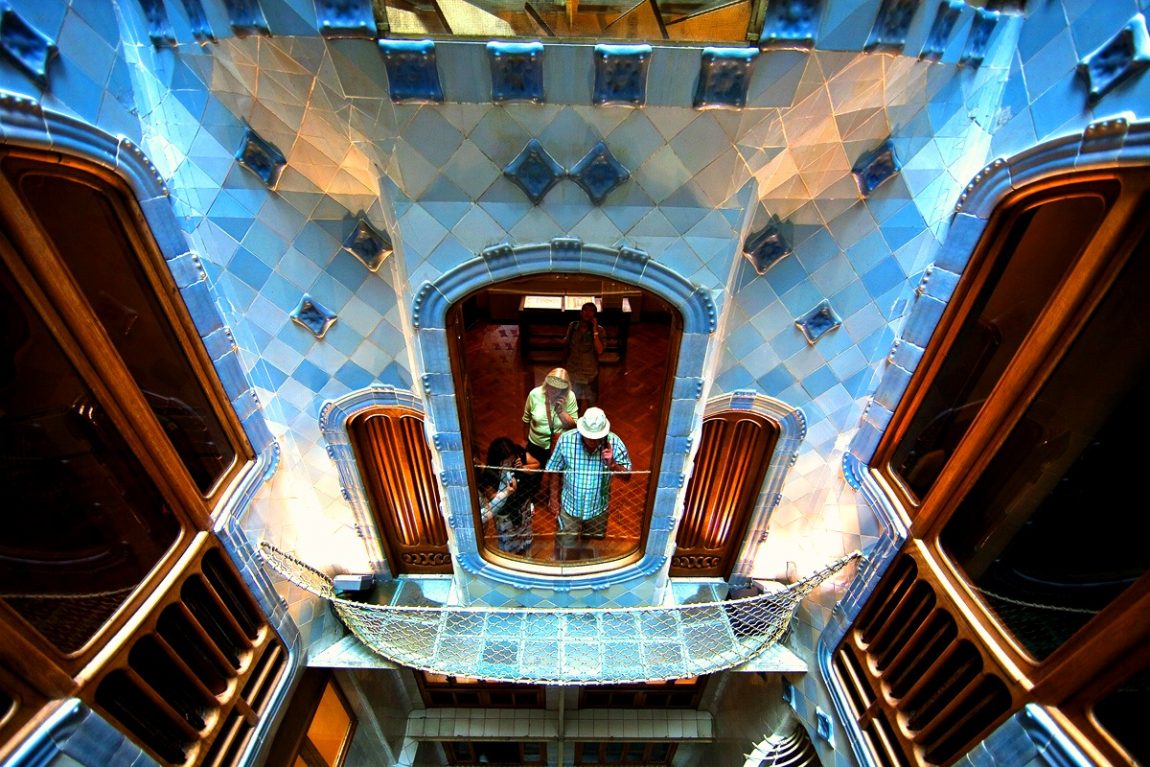 La Pedrera and Casa Batlló
La Pedrera and Casa Batlló
Two very popular attractions, these incredible Gaudí houses are notable for their accessibility and facilities for people with disabilities in Barcelona, with La Pedrera even winning an award at the Accessible Tourism Awards. Both offer discounted rates for disabled visitors and sometimes those accompanying them too, and have an excellent range of specially adapted features including tactile displays, magnifying lenses, lectures using sign language and information in numerous languages in the form of audio guides, transcripts and Braille.
At Casa Batlló specially-adapted wheelchairs are available which are of a suitable size for the lifts, allowing access to the beautiful upper levels of the building. Although there are mobility limitations due to steps on the rooftops, the majority of both buildings can be fully enjoyed. The websites of both buildings have informative sections detailing the facilities available.
Metro: Passeig de Gràcia L2/L3/L4 (This is somewhat a complicated station to maneuver around, Diagonal (L2/L5 although a little further away is much more accessible)
Bus Lines: 7/16/17/22/24
The Nou Camp
What would Barcelona be without its show-stopping football team? And what better way to spend a few hours in the city than by attending a game? The stadium has two special areas with easy access, and tickets can be purchased for these wheelchair friendly zones via the FC Barcelona website. The stadium also runs the ‘T’acompanyem’ service, where members of the Red Cross volunteer to escort wheelchair users to and from their seating areas at the beginning and end of the match. More information about accessible services at Camp Nou is available on the club’s website.
Metro: Maria Cristina L3, Collblanc L5
Bus Lines: 6/7/33/34/63/66/67
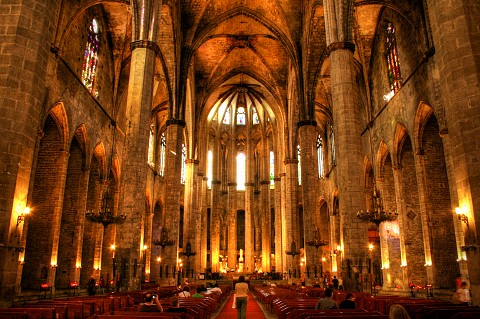 Santa María del Mar Church
Santa María del Mar Church
One of the most beautiful and fascinating religious buildings in Barcelona, this medieval basilica is well worth the visit, and unlike many other historic constructions poses no problem for those with limited mobility visiting Barcelona. Facing the main entrance and taking the street on the right there is a ramp allowing easy wheelchair access to the building, and the interior of the church is flat, posing no complications.
Metro: Jaume I L4(there are steps in the station making it difficult for wheelchair users)
Bus Lines: V17/45/120
Montjuïc
The rooftop of Barcelona, Montjuïc hill offers some of the finest views of the city and Mediterranean Sea along with some lovely strolls through the green parks. What’s more, there are a number of museums located here, such as the MNAC (National Art Museum of Catalonia) which was a wide range of accessible facilities ranging from sign language PDAs and guided tours to audio guides, ramps and lifts to all floors. Take the funicular located at Paral·lel metro station to the top of Montjuïc which is fully accessible to wheelchair users in Barcelona. It is recommended to use the first carriage to avoid steps upon arrival.
Metro: Paral·lel L3
Bus Lines: 13/23/55
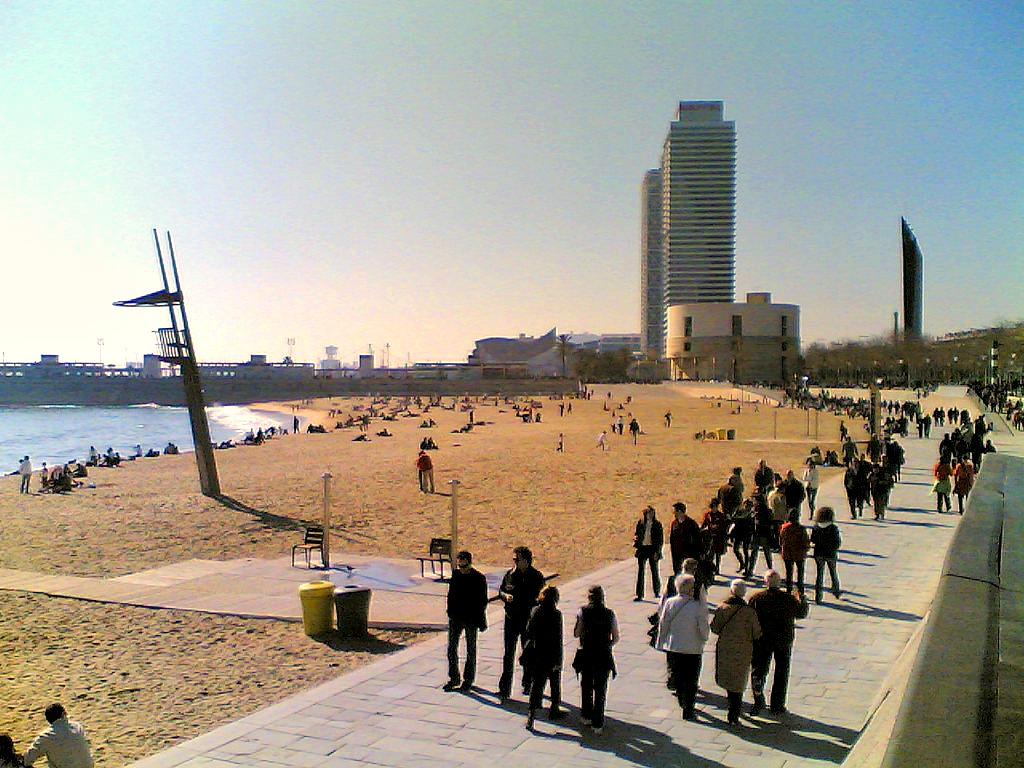
Barcelona’s Beaches
One of the best things about Barcelona is its wonderful coastal location and the beaches are certainly worth stopping by. The promenade running along the beaches is flat and suitable for wheelchair users.
Many beaches have been adapted to allow those in wheelchairs to really make the most of them. Sant Sebastià Beach, for example, has reserved parking bays for people with reduced mobility, side platforms for wheelchairs, wooden walkways to the water’s edge, a preferential zone for disabled bathers, a changing room and adapted toilet and shower cubicles. Barceloneta and Nova Icària Beaches, as well as many of the aforementioned features, offer bathing assistance for those unable to enter the water independently.
Metro: Barceloneta L4
Bus Lines: 45/59/D20
The Bus Turístic
An easy and comfortable way for wheelchair users in Barcelona to see the sights of the city is the hop-on-hop-off sightseeing bus. Fitted with ramps, the buses allow wheelchair access to the lower deck. Audio guides are available in numerous languages, too, offering useful and insightful information about the sights along the bus routes.
Bus route starts at Plaça Catalunya
Metro: Catalunya L1/L3 (there are steps in the station making it difficult for wheelchair users)
Bus Lines: 9/14/17/24/58/59/141
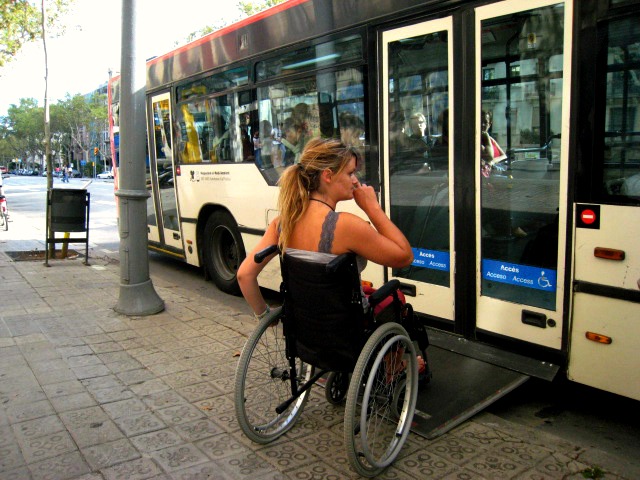
Well deserving of its reputation as a truly accessible city, Barcelona has something for all its visitors and is constantly working to further improve the facilities on offer. The tourism office has a very useful website offering some really great information about accessibility in Barcelona, with sections of a variety of things such as transport, monuments, museums and parks.
What do you think of Barcelona’s accessibility? Drop us a comment below.

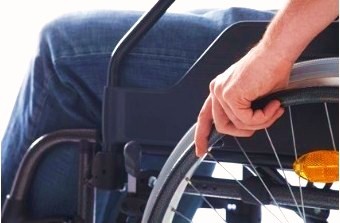


Leave a Reply